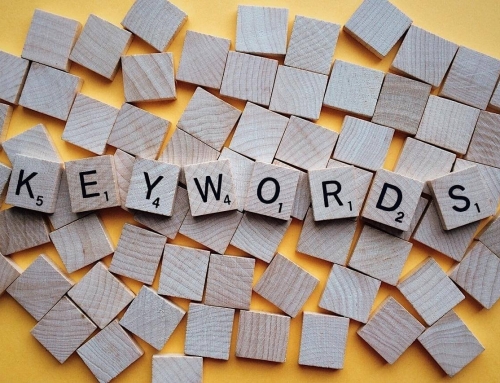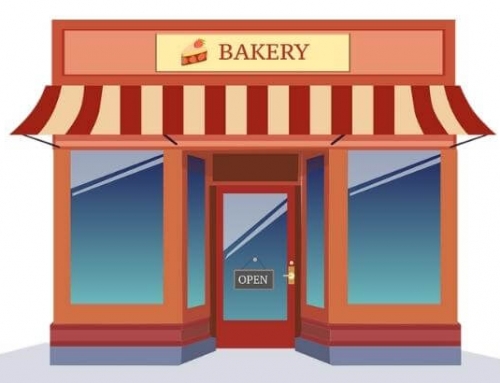In the modern sense of the term (the one most currently applied to the web environment, in any case), inbound marketing is a strategy that involves bringing customers to your business by being attractive to them in some way, in other words, “getting found” by people looking for what you are selling instead of going out and hunting for them. This idea is opposed by what is referred to as outbound marketing, which can be thought of as traditional advertising, banners, fliers and other unsolicited means of getting attention.
Inbound marketing is sometimes referred to as permission marketing, where the marketer first needs to earn a person’s permission before engaging contact, whether it be explicit (asking permission to e-mail promotional content) or implicit (bringing in a visitor from their query on a search engine). Outbound marketing, in contrast, is sometimes referred to as interruption marketing, for obvious reasons.
Inbound marketing is a hugely effective strategy, especially in the web environment. A few facts about current user behavior help illustrate why:
- People are increasingly desensitized to traditional advertising in general, and specifically on the Internet. They just don’t click on spam, ads or banners (interruption) nearly as much as they do on organic search results (permission). Refer to this post on organic SEO for details.
- Increasingly, potential customers will start with an online search for information on products or services before beginning their shopping experience. This is an opportunity for businesses to bring in people looking for what they are selling. Check this post for details.
- People are extremely influenced by their friends and to a certain extent by what experts are saying and what they read on blogs. They are also sharing content more than ever before. Most of these types of conversations and interactions are now happening on social networks like Facebook, making social media integration a vital source of inbound traffic and brand awareness for any business. Read more in this post on social media and this post on Facebook.
From a business’ perspective, when it comes to the benefits of inbound marketing, the numbers speak for themselves:
Inbound marketing is a lot more cost-effective. It costs 62% less per lead than traditional, outbound marketing.
SOURCE: HUBSPOT STATE OF INBOUND MARKETING REPORT, 2011
Outbound marketing simply costs more.
SOURCE: HUBSPOT STATE OF INBOUND MARKETING REPORT, 2011
Inbound marketing tactics don’t just generate leads. They generate revenue.
SOURCE: HUBSPOT STATE OF INBOUND MARKETING REPORT, 2011
The most common and effective web strategies associated with inbound marketing are:
- Search Engine Optimization (SEO)
- Pay-Per-Click Advertising (PPC)
- Social Media Marketing
- Blogging
Blue Hat offers tested and results-oriented service packages that feature these strategies on their own or in combination. We can handle all of these vital inbound marketing tasks for you: business blogging, social media marketing, PPC advertising, and local or organic SEO. Our flagship service package, the Hybrid, features a powerful combination of these strategies to give your business a real boost.
As always, our commitment to personalized service means that we tailor any package to suit your specific needs. If there isn’t a package that exists or that can be modified to suit your specifications, we’ll create an all new custom service to meet -and exceed- your needs.





